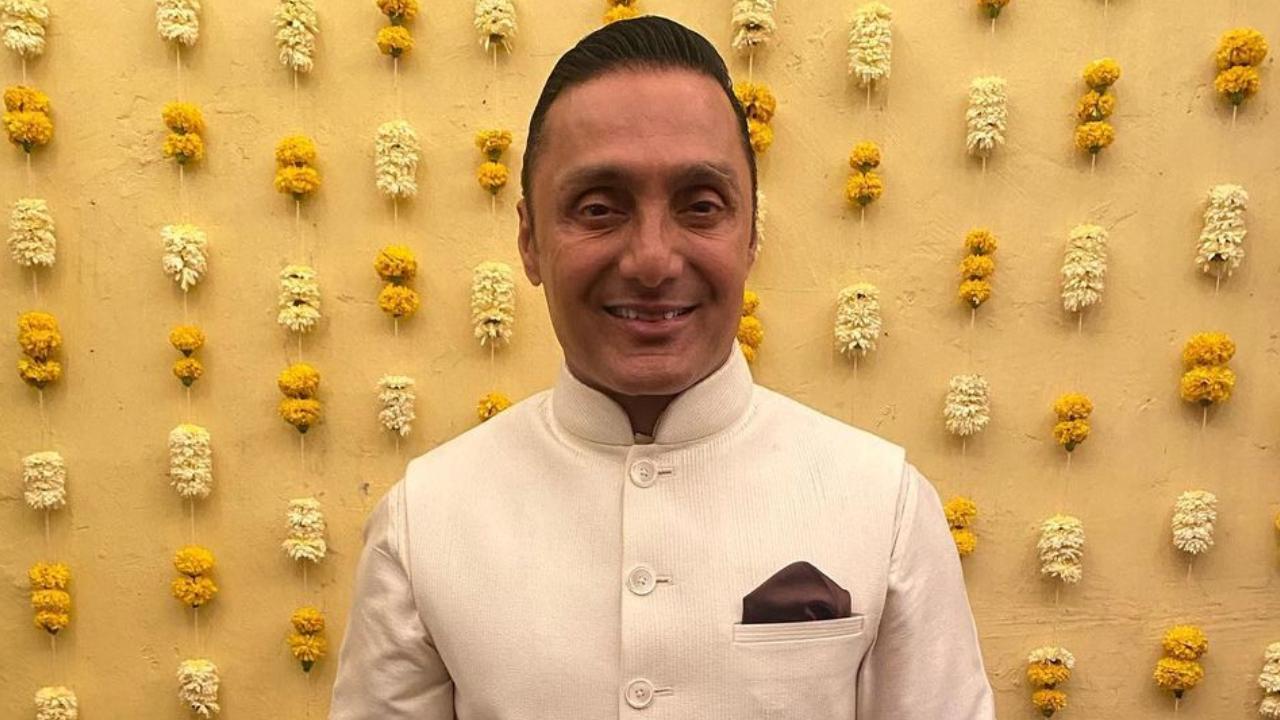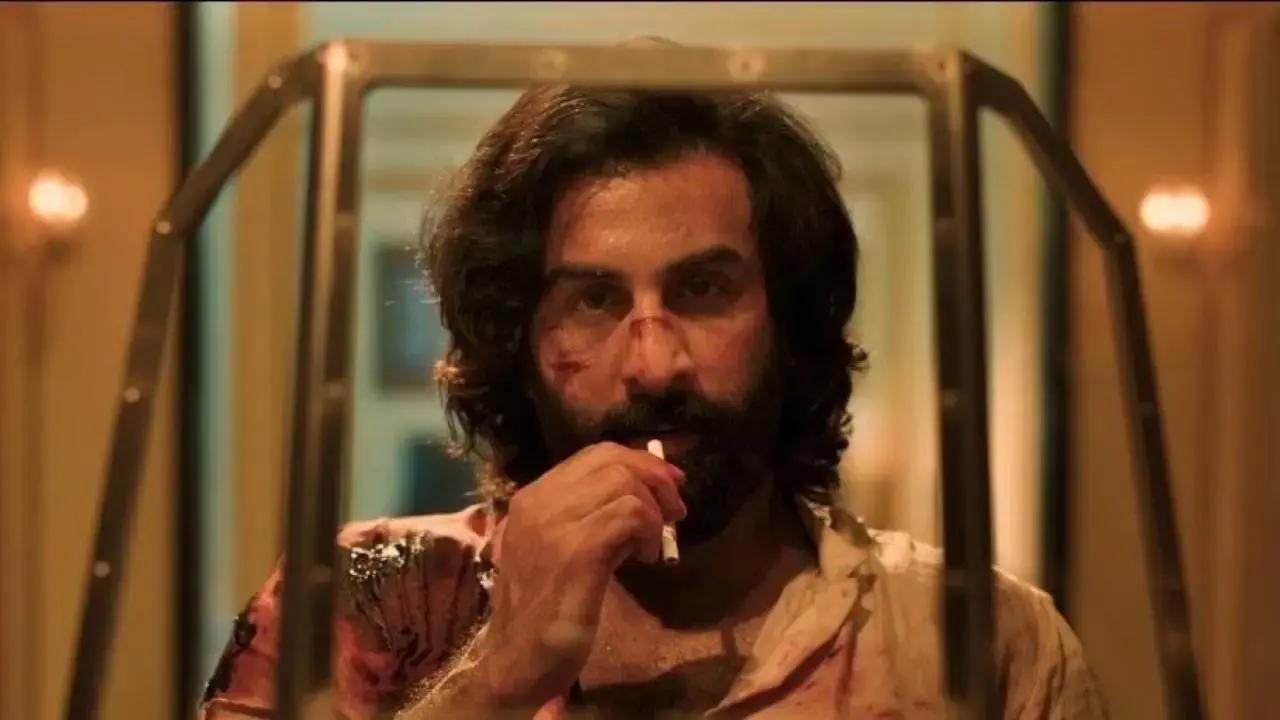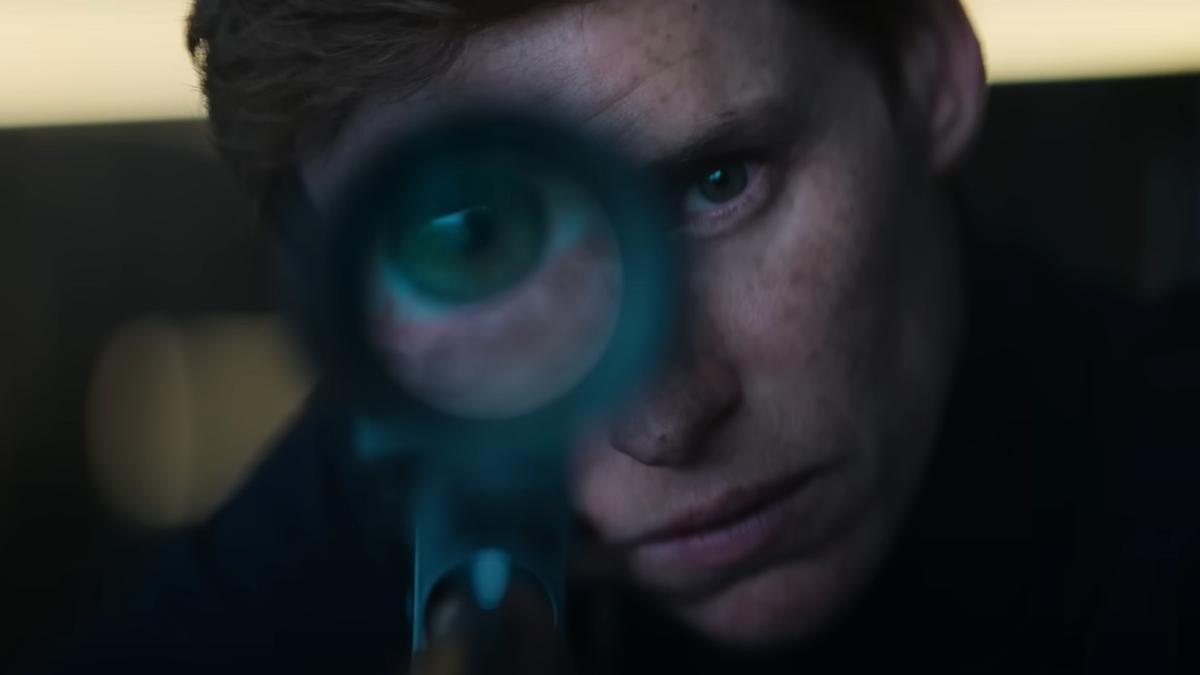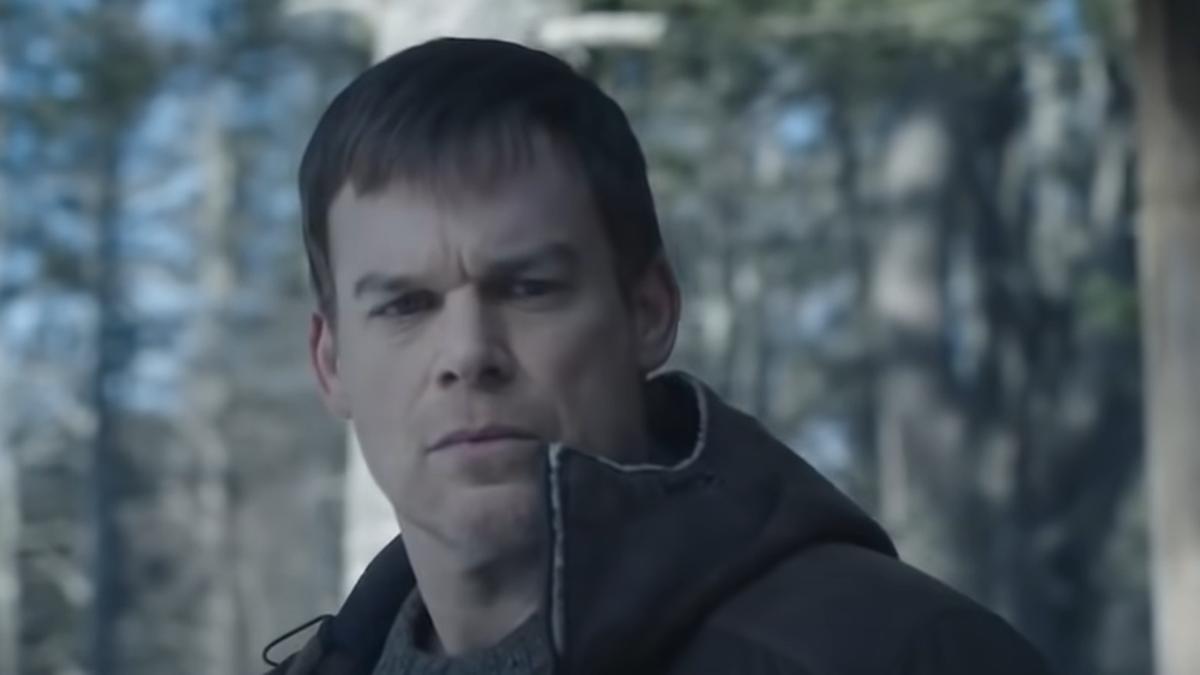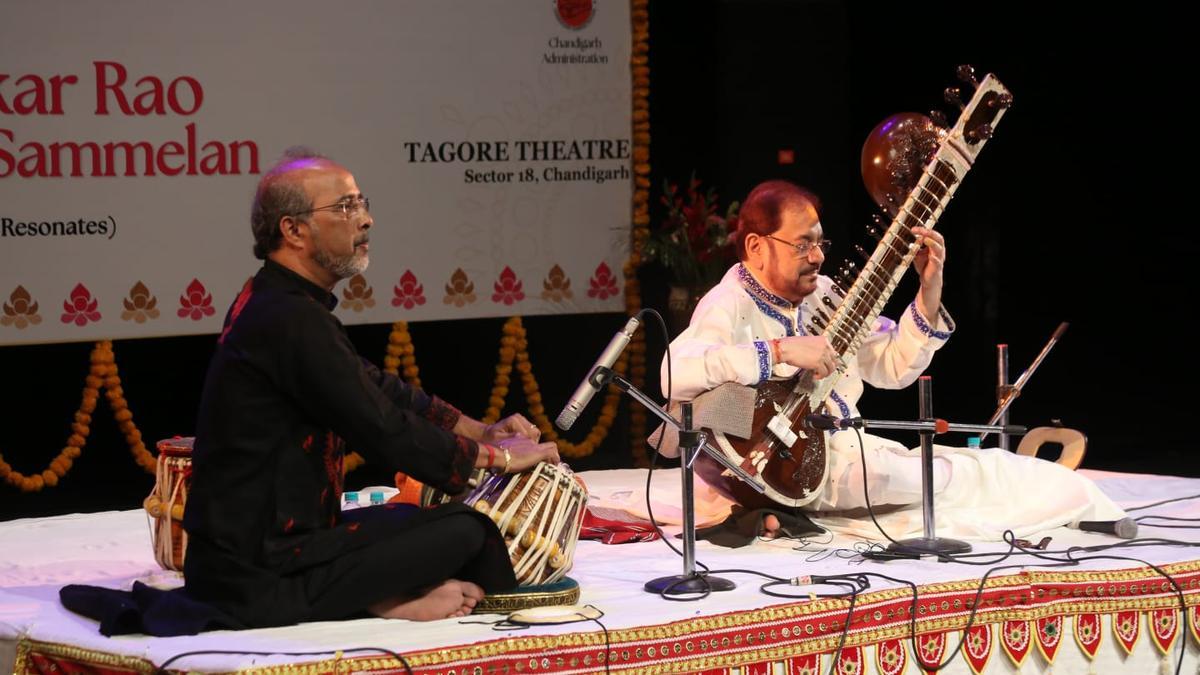
The musical legacy of Pt. Bhaskar Raghunath Bakhale, a maestro revered in the annals of Hindustani classical music, continues to resonate through the halls of the Tagore Theatre in Chandigarh. The 53rd edition of the All India Bhaskar Rao Nritya Sangeet Sammelan, organized by Pracheen Kala Kendra, paid homage to the musical virtuoso, whose mastery spanned across diverse gharanas and styles. Known affectionately as Bhaskarbua Bakhle or simply Bhaskar Rao, his prowess included an impressive command over the gayaki of Gwalior, Agra, and Jaipur-Atrauli gharanas, as well as his proficiency in the dhrupad, dhamar, khayal, tappa, thumri, and natya sangeet genres. Moreover, Bhaskar Rao was also an accomplished player of the ancient Rudra Veena.
This year’s festival extended over ten days, with each evening commencing with the delicate footwork and grace of Pracheen Kala Kendra’s dance students, setting the stage for the musical wonders that followed from a line-up of invited artists.
A sitar concert by the revered Pt. Kushal Das left an indelible mark on the audiences. Kushal Das, who carries the legacy of mentors such as Pt. Sanjoy Banerjee of Vishnupur Gharana, Ajay Sinha Roy, a disciple of Baba Alauddin Khan, and Manas Chakraborty, presented a rendition that encapsulated the essence of Pt. Radhika Mohan Moitra of Shahjahanpur Gharana. His repertoire for the evening included a meticulously crafted alap-jod-jhala of raag Shuddha Vasant and two gat compositions set to the rhythms of slow and medium-paced Teentaal. The melodic journey, characterized by logical raga passages and swift taans, culminated in a serene dhun based on Mishra Pahadi, with Parimal Chakraborty on the tabla complementing his sitar.
The spotlight on vocal excellence shone brightly on Shalmali Joshi, a singer from the Jaipur gharana. Mentored initially by her mother and later honed under the tutelage of Chintubua Mhaiskar and Pt. Ratnakar Pai, Shalmali Joshi chose to explore ‘Bhup-Nat’, a unique jod-raag amalgamating elements from raags Bhupali and Nat. Her performance was both instructive and mesmerizing, as she unfolded the complex melodies of the jod-raag through structured and emotive Khayals.
Instrumental virtuosity was further exemplified by Mumbai-based violinist Deepak Pandit, who has nurtured a deep connection with the Kendra since an early age. His gratitude towards the stage echoed as he walked the audience through an intricate alap-jod-jhala in raag Kirwani, followed by a Raagmala that wove together twelve distinct raags.
The serene evening raga, Puriya, was rendered by Amjad Ali Khan – a disciple of Ustad Mashkoor Ali Khan – with the reverence it duly commands, while the Kashyap Bandhu added a unique Benaras gharana flavor with their Puriya-Dhanashri.
In terms of collaborative performances, an instrumental quartet featuring flutist Ronu Majumdar, violinist R. Kumaresh, tabla player Aditya Kalyanpur, and mridangam artist Hari Kumar played an engaging rendition of ragam tanam pallavi in Abheri. Unfortunately, their performance, while showcasing skillful interaction and rhythmical prowess, was somewhat overshadowed by an overindulgence in speed.
The father-son duo of Pt. Vishwa Mohan Bhatt alongside Salil Bhatt captivated the audiences, underscoring the festival’s ability to bridge generations through music.
The celebration of dance was equally prominent, with performances by established artists like Bharatanatyam dancer Rama Vaidyanathan, Odissi exponent Guru Kiran Segal, Kuchipudi artist Meenu Thakur, and Kathak virtuoso Vidha Lal, who raised the curtain on the festival’s grand finale.
In keeping with tradition, the PKK awards honored those who have exhibited artistic excellence: Prof. Saubhagya Vardhan for music, Suchitra Mitra for dance, and Pt. Vijay Shankar Mishra for his contributions to journalism. Thus, the festival not only honored a musical legend’s memory but also celebrated the vibrant tapestry of Indian classical music and dance, fostering cultural continuity through performance and recognition.



